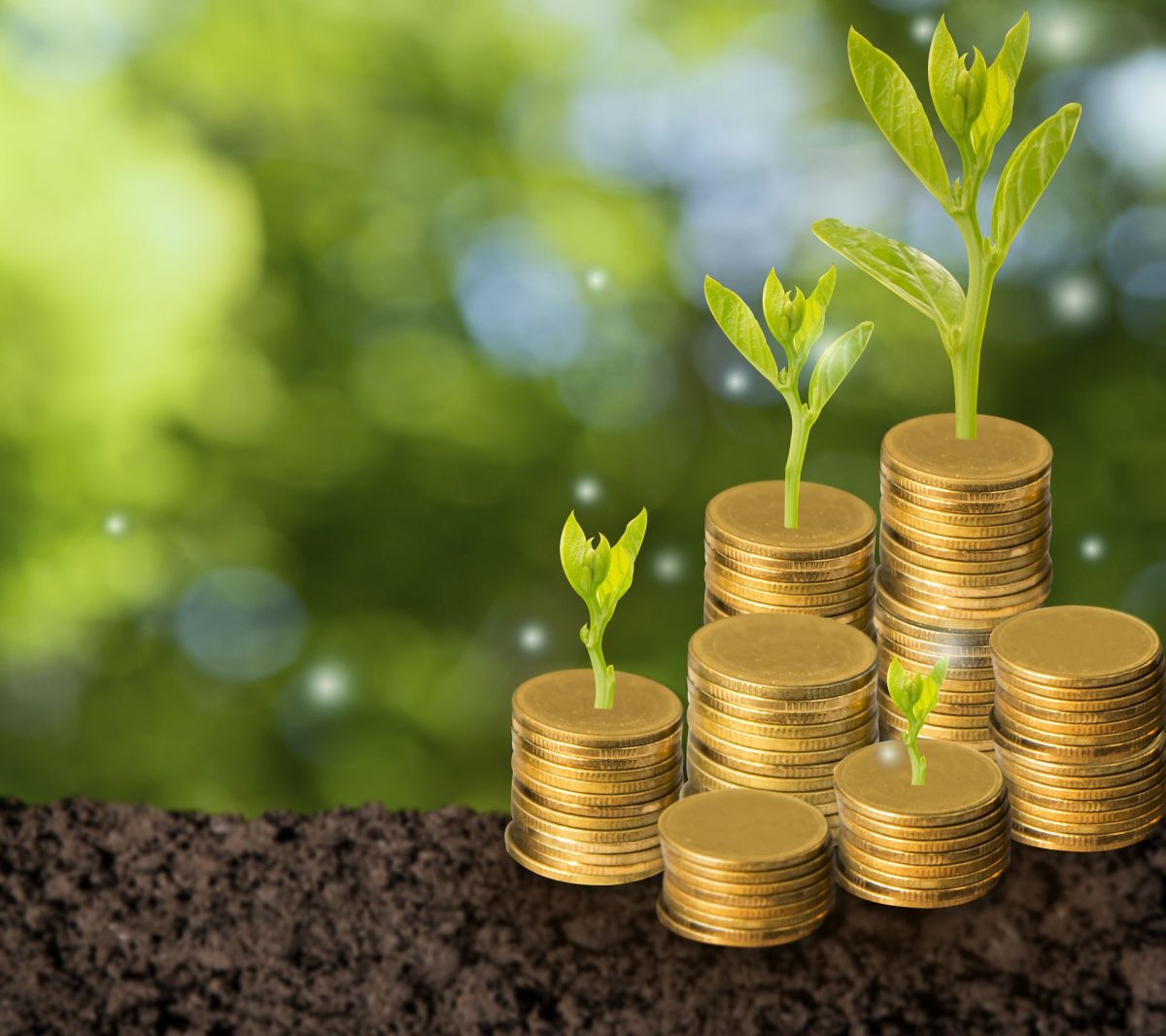This blogpost will describe how John Deere responds to the threat of digital entrants in the agriculture industry. The agricultural industry is an important industry since the world population continues to grow, namely to 10 billion people within the next 30 years. All these people need food, so companies like John Deere assist in providing farmers with the tools they need to keep up with the demand. To explain how John Deere innovates to stay relevant, I will first discuss the digital threats. Secondly, I will explain how John Deere recognized the threat and how it has responded. To close, I provide the benefits of technological innovation in the agricultural industry.
Digital entrants in the agricultural industry are a threat to John Deere as their products and services, namely sensors, analytics, and artificial intelligence services could commoditize the harvesting equipment John Deere produces (McKinsey, 2018). This is because these internet of things (IoT) devices are better at knowing where to spray herbicides, know better when to do repairs on equipment and provide better service as third parties can build extra applications.
To combat the threat of digital entrants, John Deere acquired Blue River Technology in 2017 for $305 million (HBS, 2020). John Deere integrated leveraged the firm’s knowledge and talent to create new products that provide great value for farmers. Through extensive collection of data (John Deere’s IoT devices currently measure around 10 million observations per second from over 130.000 devices worldwide) and the use of artificial intelligence (AI) and machine learning (ML) John Deere can provide farmers with localized weather inputs, soil analyses and specific instructions where to use herbicide spray. As a result, John Deere essentially has become a technology first company, fending off digital entrants and remaining relevant for farmers. The data solution John Deere now offers has enabled the company to receive a stable revenue stream by high-margin recurring purchases.
The benefits of these innovations are as follows. Firstly, the “See and Spray” system reduces unnecessary toxic waste, saves farmers costs and increases crop yields. Secondly, the collection of many observations provides specialized knowledge how to maximize crop yields in various conditions that can be immediately shared with other farmers.
In short, John Deere managed to stay ahead on the innovation curve by switching their business model to becoming technology first. While doing so, John Deere adds value to farmers and is a positive force to more sustainable farming.
References
HBS, 2020. John Deere: Planting the Seeds of Technology and Harvesting Profits. Available at: https://digital.hbs.edu/platform-digit/submission/john-deere-planting-the-seeds-of-technology-and-harvesting-profits/ [Accessed at 2 October 2021]
McKinsey Quarterly, 2018. Responding to digital threats. Available at: https://www.mckinsey.com/business-functions/mckinsey-digital/our-insights/responding-to-digital-threats [Accessed at 2 October 2021]


